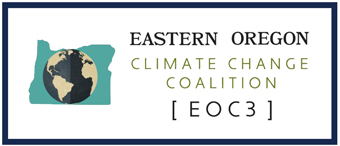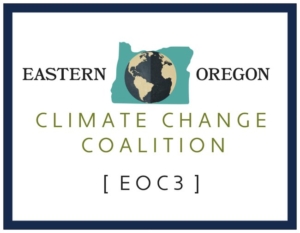Steps to Resilience
US Global Change Research Network
See one methodical approach communities can use to identify their valuable assets, determine which climate-related hazards could harm them, and then identify and take effective actions to reduce their risk.
Community Solar
State of Oregon & Energy Trust of Oregon
Community solar programs allow customers to enjoy advantages of solar energy without having to install their own solar energy system. They provide an alternative to rooftop PV systems for customers who:
- Have insufficient solar resources or roof conditions to support a rooftop PV system (due to shading, roof size, or other factors),
- Do not own their homes or buildings, or
- Do not wish to install an on-site solar PV system for financial or other reasons.
Subscribers typically receive a monthly bill credit for electricity generated by their share of the solar PV system, as if the system were located on their premises.
The Oregon Community Solar Program gives customers of Portland General Electric, Pacific Power and Idaho Power an opportunity to subscribe to a portion of a community solar project that is shared with other customers. These projects can be located on buildings—like businesses, government buildings, schools or churches—or free-standing in an undeveloped area.
Conservation in Urban Areas
Oregon Conservation Strategy/ODFW
Many landscape features that increase livability for people can also play an important role in sustaining native wildlife populations. Cities are often built in close proximity to features important to fish and wildlife habitats, such as the confluence of rivers. While urban development can fragment larger habitat areas, urban areas can contain key natural areas and features that offer significant benefits to fish and wildlife.
This study, part of the “Conservation Tool-Box” by the Oregon Department of Fish & Wildlife, discusses ways to preserve habitat and natural areas in an urban environment.
Field Guide to Conservation in Cities
Nature Conservancy
Lessons from a network of urban conservation programs in 12 cities across the United States. The objectives were to culturally and operationally prepare us to engage in urban environmental issues, using an ongoing learning network to develop and scale successful conservation programs in urban areas.
Photo by Peg Willis
Opportunities for Communities
Energy Trust of Oregon
Cities, counties, nonprofits and others work with Energy Trust to help communities achieve their goals through clean, affordable energy solutions.
Public Transit
Project Drawdown
All mass transit modes use scale to their emissions advantage. When someone uses a streetcar, bus, or subway rather than driving a car, they produce fewer greenhouse gases.
The benefits go beyond emissions reduction and accrue to all city dwellers, not just those who use mass transit. Mass transit relieves traffic congestion, lowers accident rates, and lowers air pollution. Mass transit also makes cities more equitable by providing mobility to those who cannot drive.
Urban transport is the single largest source of transportation-related emissions and growing. With good urban design, mass transit can help embed mobility, livability, and sustainability in cities.



